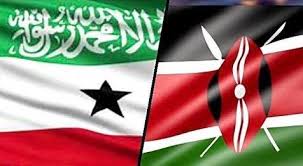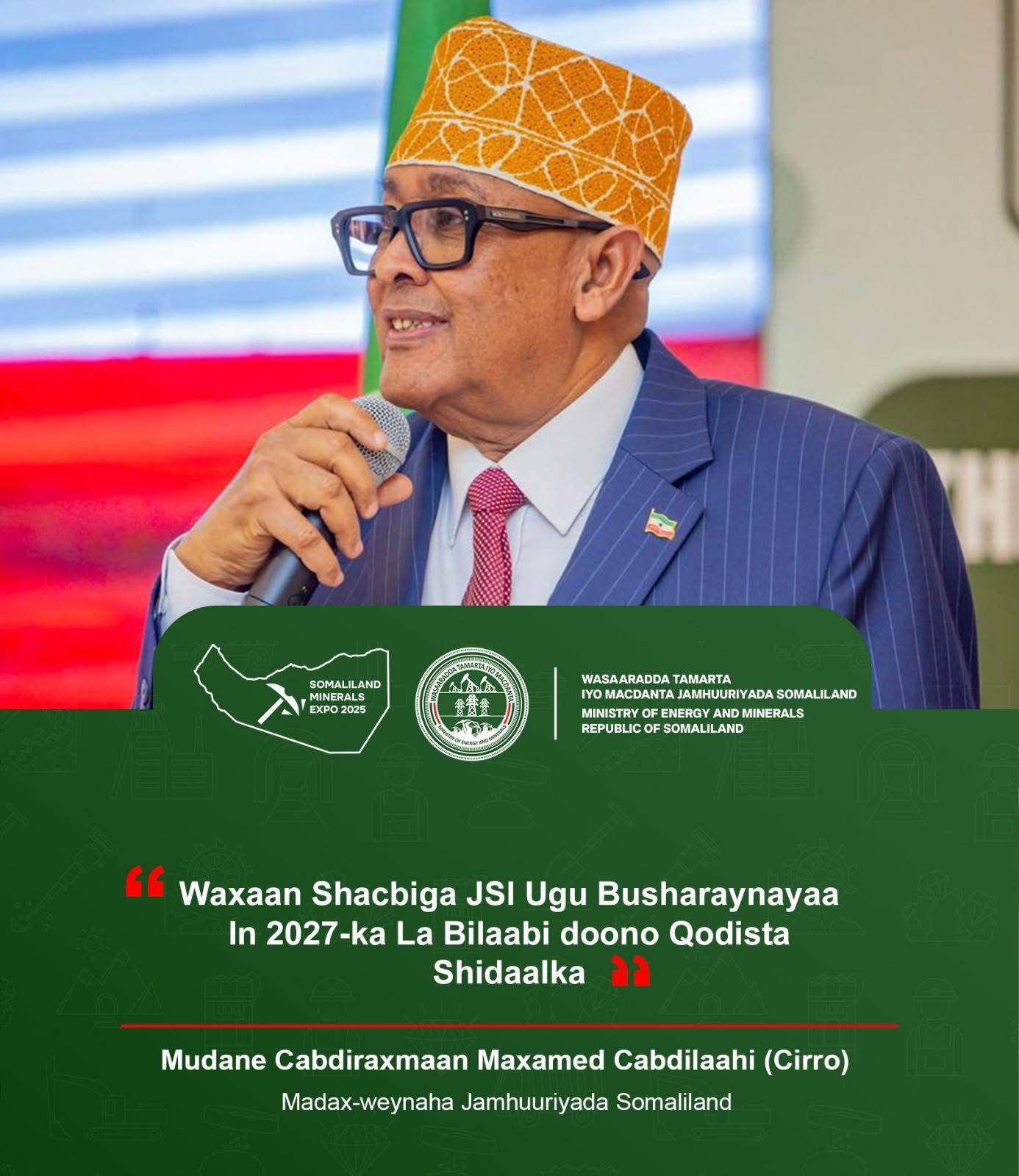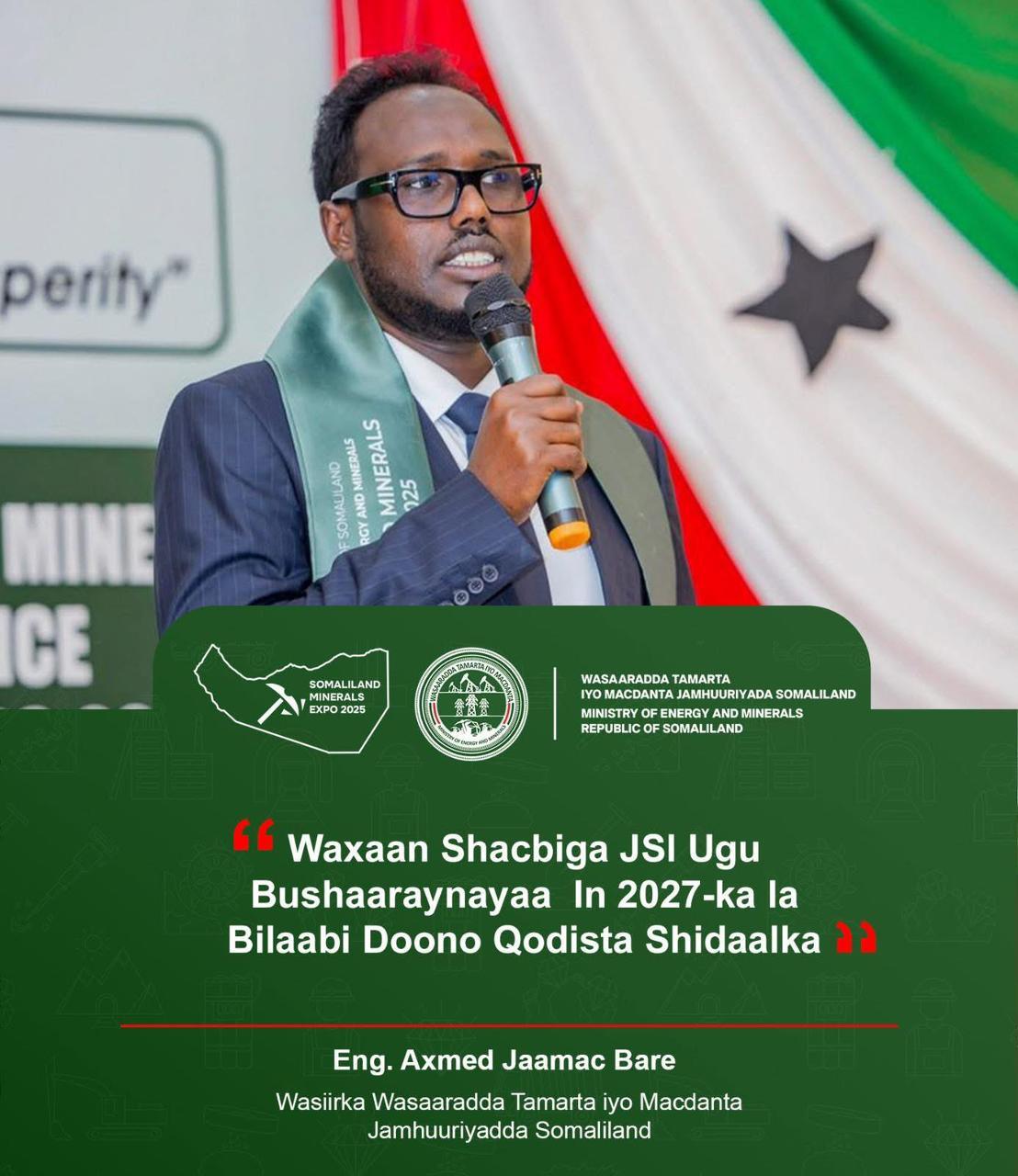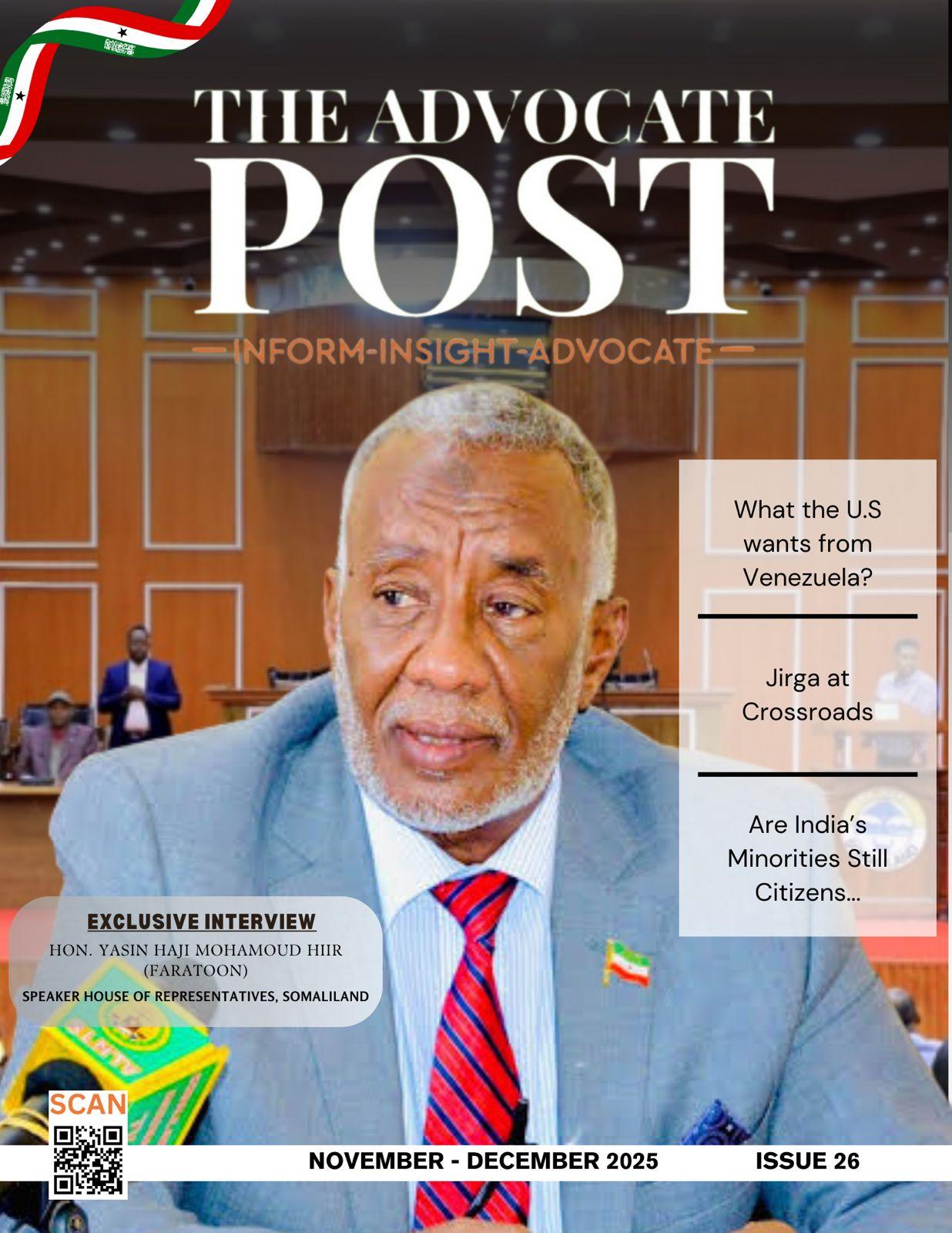By: Abdi Ali Barkhad
Over 8,000 teachers and skilled professionals from Kenya are currently living and working in Somaliland, contributing significantly to various sectors, particularly education and healthcare.
Education Sector
Many of these Kenyan educators are employed in private and international schools throughout Somaliland. Major cities such as Hargeisa, Burao, Erigavo, Barbera, Sheikh, Gabilay, Lasanod, and Borama host a substantial number of these professionals. The Kenyan teachers are highly qualified and possess expertise in critical academic subjects, including English, mathematics, science, and management. Their presence has positively impacted the quality of education by introducing diverse teaching methodologies and curricula, enhancing the learning experience for students.
Hargeisa:
As the capital city of Somaliland, boasts the largest concentration of Kenyan professionals. Beyond educational institutions, these individuals also serve in various health centers and private companies, showcasing their diverse skill sets. The influx of Kenyans in Hargeisa has fostered a vibrant community that not only focuses on education but also enhances local capacities in health and business, thereby contributing to the city’s development.
Other Skilled Professions
In addition to educators, a range of other skilled workers from Kenya have found opportunities in Somaliland. This includes engineers who contribute to infrastructure projects, pharmacists who ensure the availability of essential medicines, nurses providing healthcare services, and IT specialists who support the growing tech sector. Moreover, consultants often work with both local and international organizations to implement best practices and improve services in various fields.
Reasons for Attraction to Somaliland
Several factors contribute to the influx of Kenyan professionals to Somaliland. Firstly, there are better job opportunities available in various sectors, which are often more lucrative than those in Kenya.
Secondly, Somaliland is perceived as having greater security and stability compared to many other regions in the Horn of Africa, making it an attractive destination for expatriates seeking a safer work environment. Lastly, the historic and cultural ties between the people of Somaliland and Kenya play a significant role in encouraging this migration, creating a sense of community and solidarity.
Both countries gained their independence from British rule on December 12, 1963. And Somaliland in 1960, 26 June. Overall, the strong presence of Kenyan teachers and skilled professionals in Somaliland highlights the deep professional and economic connections between the two regions. Both Somaliland and Kenya need to enhance this cooperation, particularly in education, skills development and Diplomacy, to promote mutual growth and benefit. By collaborating further, they can harness the potential of these professionals to drive sustainable development and innovation in Somaliland.
The Kenyan government should take into account the significant historical relationship between Kenya and the Somaliland community. The first Somaliland immigrants began arriving in Kenya during the British colonial period, particularly between 1945 and 1960. These early Somali settlers played a crucial role in the development of Kenyan trade and commerce, contributing to various sectors and helping to shape the economic landscape of the region.
Additionally, it is important to acknowledge the influence of key political events during this time, such as the Aarush Declaration. This declaration, which was a pivotal moment in the political history of East Africa, was associated with Mohamed Haji Ibrahim Egal, who served as the last Prime Minister of Somalia. His leadership and vision during this period highlighted the interconnectedness of the political dynamics in Somalia and Kenya.
Recognising this shared history and the contributions of the Somaliland community can promote stronger ties between the two nations and promote collaborative efforts for future development.





